18 Q Deletion Syndrome
18 q deletion syndrome. Feenstra et al. Chromosomes are found in the nucleus of all body cells. Proximal 18q deletion syndrome is a chromosomal condition that occurs when a piece of the long q arm of chromosome 18 is missing.
There have been many published. Distal 18q deletion syndrome is a chromosomal condition that occurs when a piece of the long q arm of chromosome 18 is missing. 2011 concluded that 18q deletion syndrome is a true contiguous gene syndrome in which the CAA endophenotype is explained by deletion of TSHZ1.
75 rows Distal chromosome 18q deletion syndrome is a chromosome abnormality that occurs when there is a missing deleted copy of genetic material at the end of the long arm q of chromosome 18. Individuals with proximal 18q deletion syndrome have a. Chromosome 18 Monosomy 18p is a chromosomal abnormality in which there is deletion monosomy of all or a portion of the short arm p of chromosome 18.
Distal 18q deletion syndrome can lead to a wide variety of signs and symptoms among affected individuals. C1837514 C1839039 C1850667 C1866210 - Estimated frequency of 1 in 40000 live births. - Highly variable phenotype even within families UMLS.
116 rows Proximal chromosome 18q deletion syndrome is a chromosome. There have since been many published cases for a review see Cody 1999. The term proximal means that the missing piece occurs near the center of the chromosome.
Distal 18q- Treatment and Surveillance ICD-10 Q999 or Q9389 These recommendations are inclusive of the entire population of people with Distal 18q deletions even though each person has a unique deletion. Although distal 18q- and proximal 18q- are both caused by deletions on the long arm of chromosome 18 the location of the deletions on the long arm is different. 18q deletion syndrome also known as chromosome 18q-syndrome monosomy 18q syndrome or chromosome 18 long arm deletion syndrome is a rare chromosomal disorder in which there is deletion of part of the long arm q of chromosome 18.
- Interstitial or terminal deletion of 18q UMLS. 18q-syndrome results from a deletion of part of chromosome 18.
The term proximal means that the missing piece occurs near the center of the chromosome.
In addition in some cases it appears that only some of the cells in the body carry the deletion. C1837514 C1839039 C1850667 C1866210 - Estimated frequency of 1 in 40000 live births. - Interstitial or terminal deletion of 18q UMLS. Karyotype analysis by GTG banding was performed revealing a deletion of the distal fragm. Terminal deletion of the long arm of chromosome 18 is a relatively common cytogenetic abnormality occurring incidentally in approximately 1 in 40000 live births. The term proximal means that the missing piece occurs near the center of the chromosome. Feenstra et al. 18q deletion syndrome - A case report Maedica Bucur. There have been many published.
C1837514 C1839039 C1850667 C1866210 - Estimated frequency of 1 in 40000 live births. However the size of the deletion is not consistent and so varying numbers of genes can be lost up to 500. Distal 18q deletion syndrome is a chromosomal condition that occurs when a piece of the long q arm of chromosome 18 is missing. 18q-syndrome results from a deletion of part of chromosome 18. The severity of the condition and the signs and symptoms depend on the size and location of the deletion and which genes are involved. The term proximal means that the missing piece occurs near the center of the chromosome. Although distal 18q- and proximal 18q- are both caused by deletions on the long arm of chromosome 18 the location of the deletions on the long arm is different.
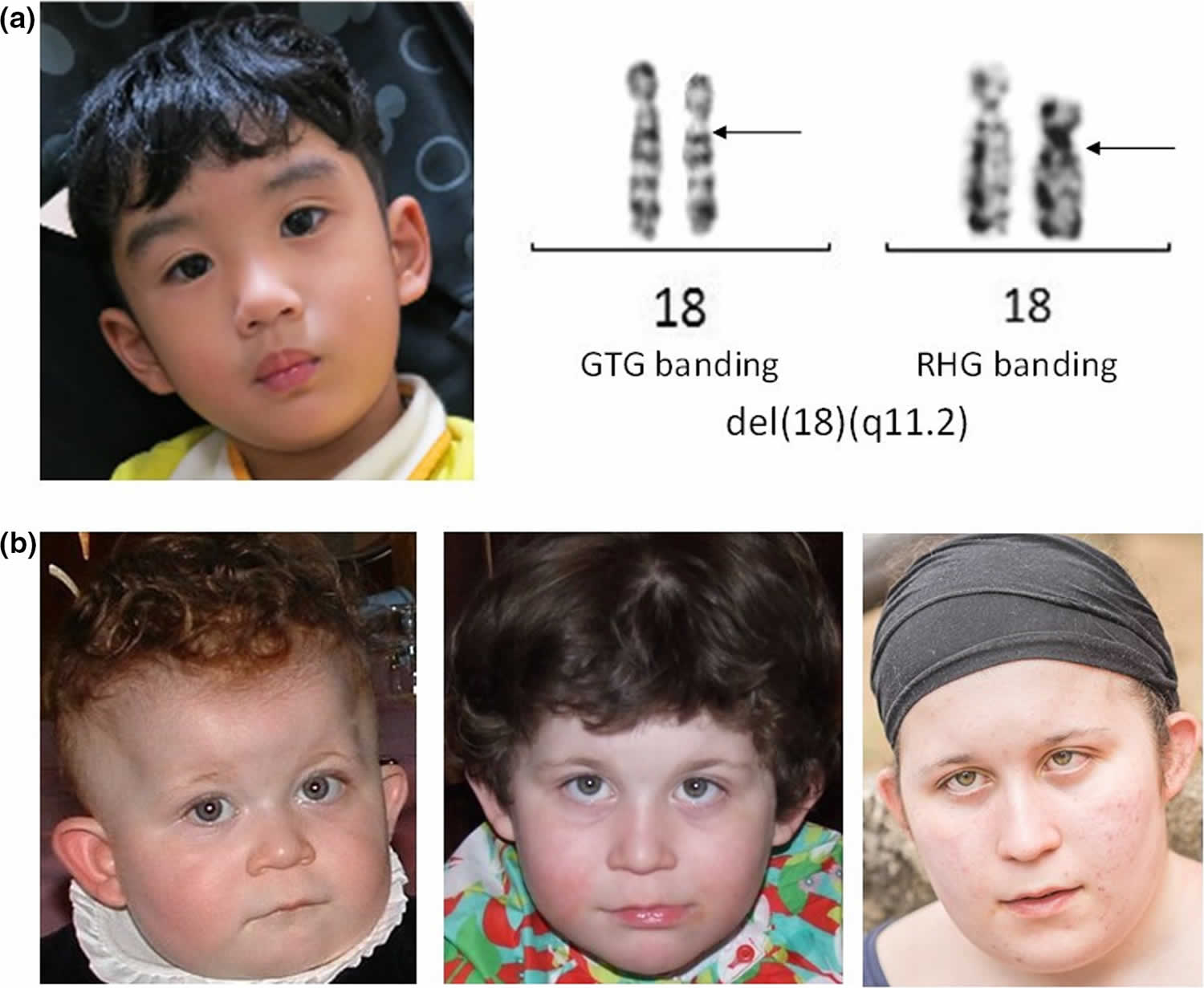

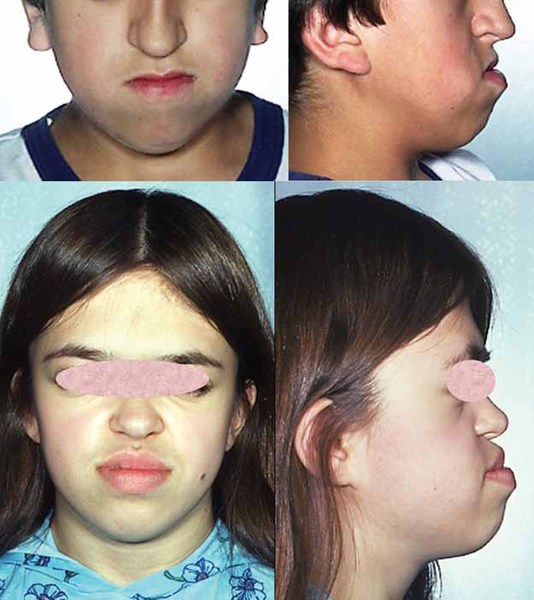





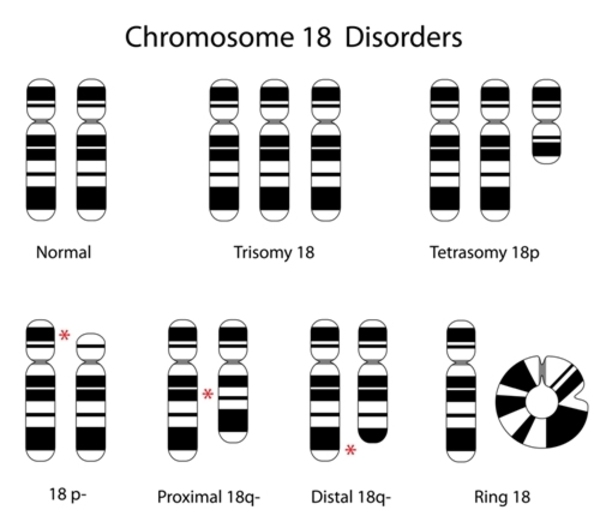









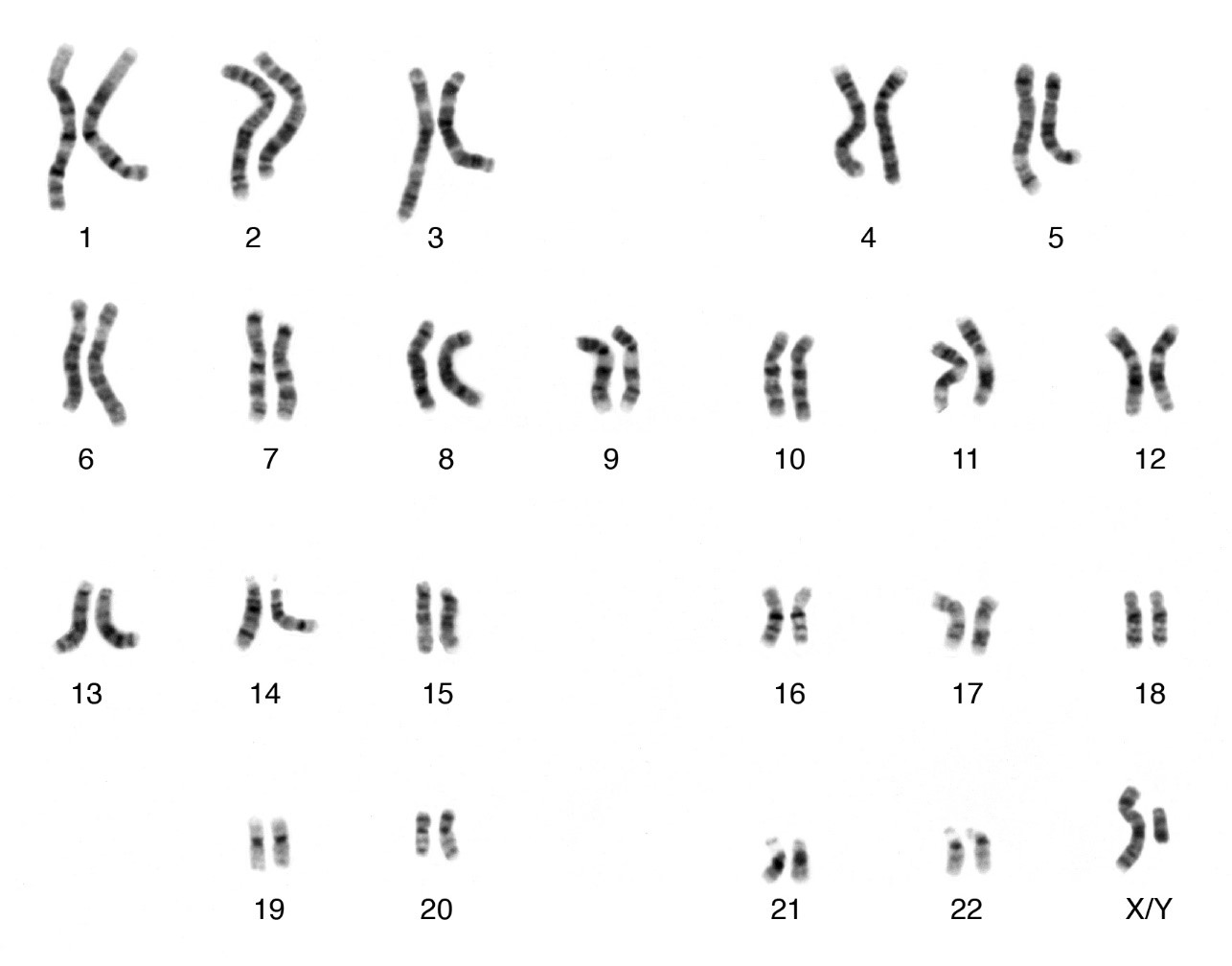










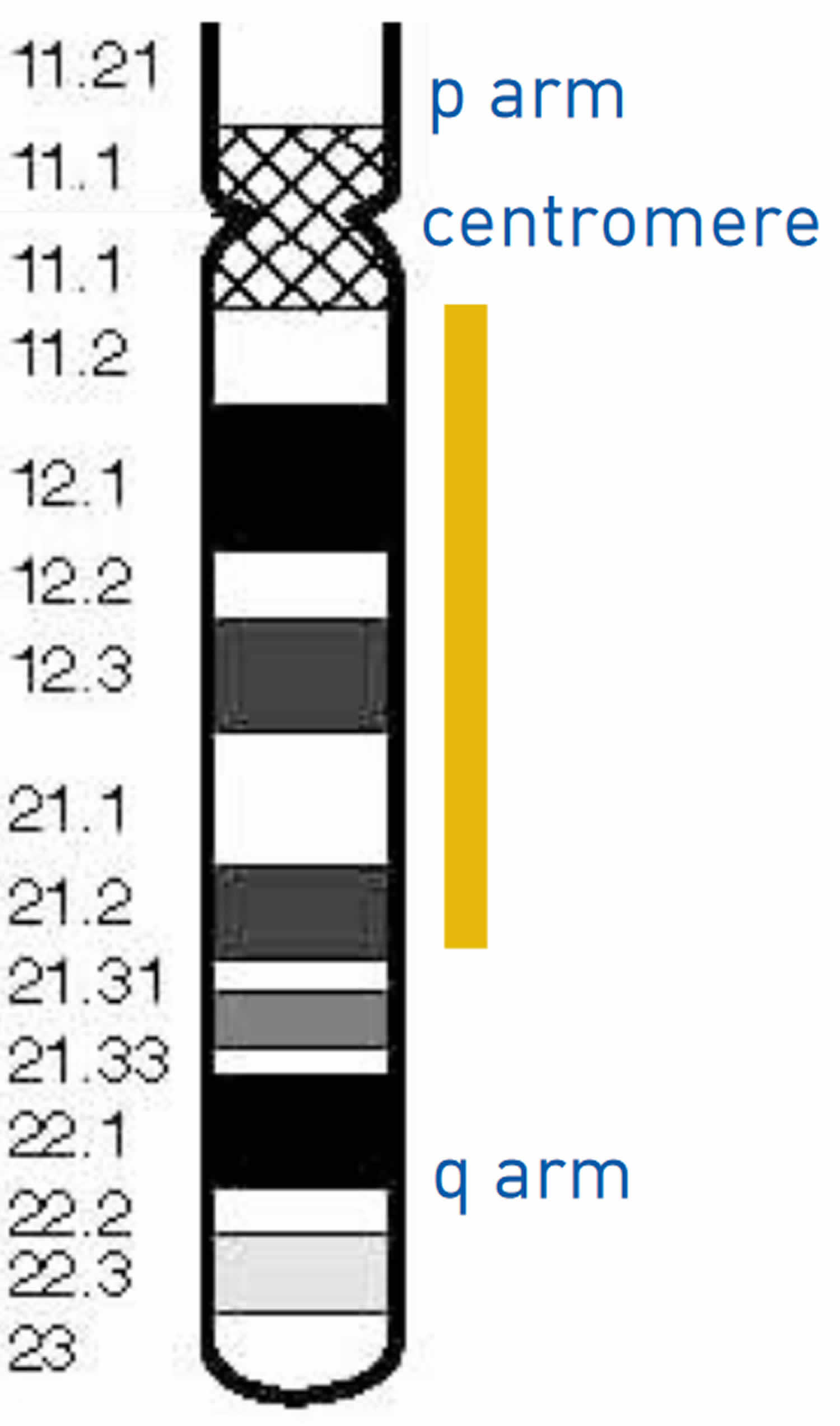


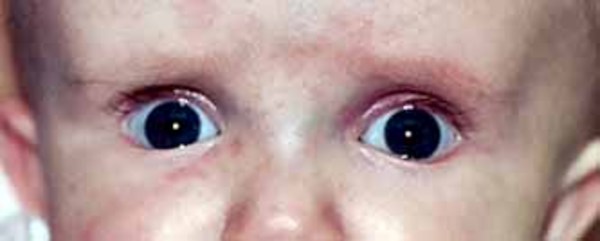






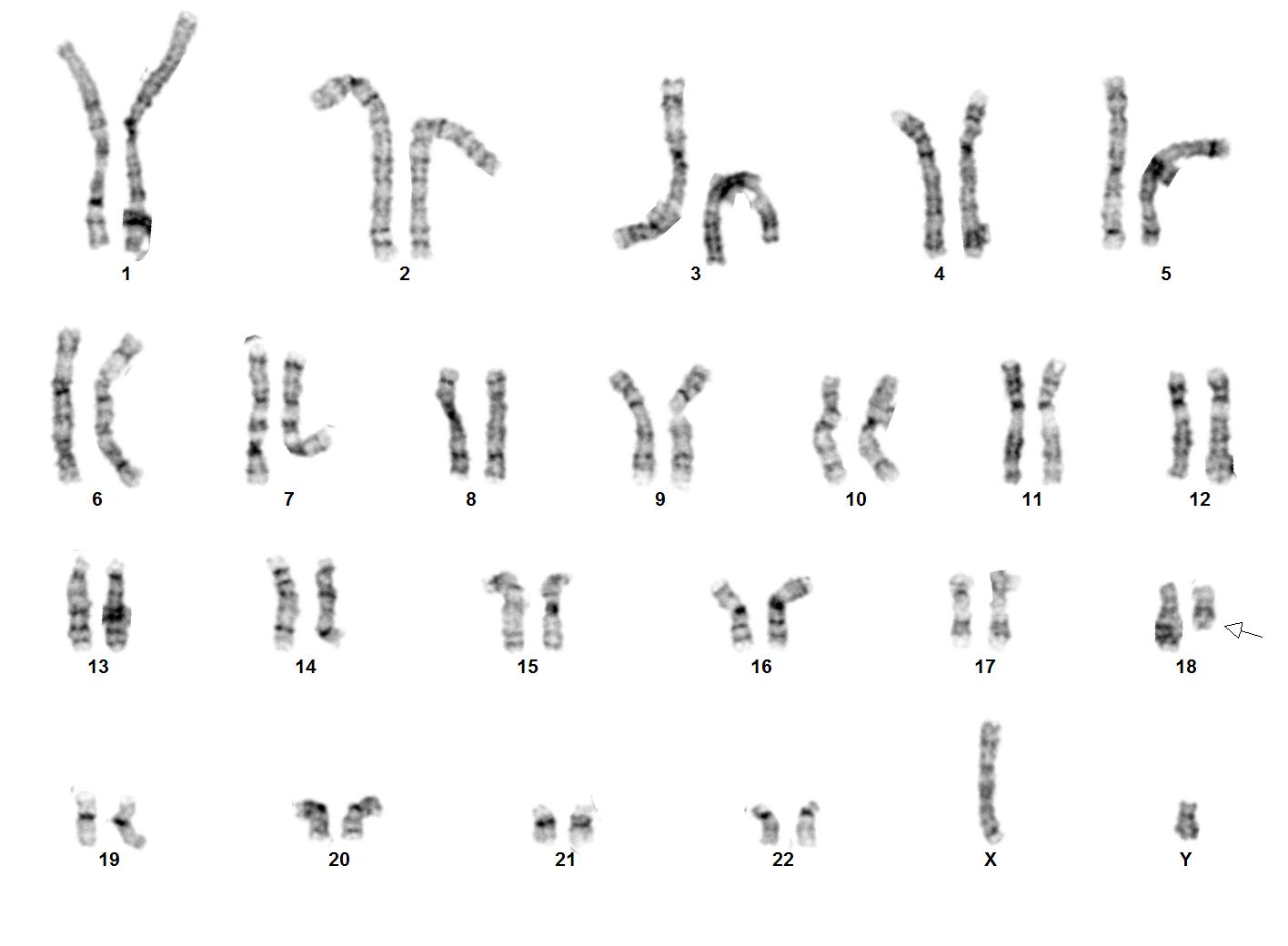

Post a Comment for "18 Q Deletion Syndrome"